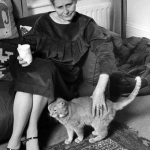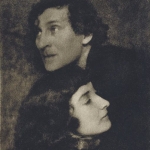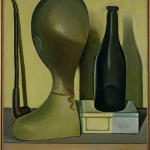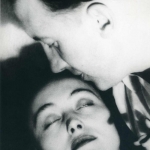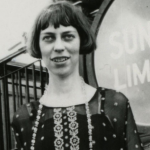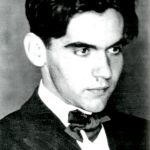VIRGINIA WOOLF ~ THE MEANING OF LIFE

“What is the meaning of life? That was all- a simple question; one that tended to close in on one with years, the great revelation had never come. The great revelation perhaps never did come. Instead, there were little daily miracles, illuminations, matches struck unexpectedly in the dark; here was one.”
Virginia Woolf ~ To the Lighthouse



